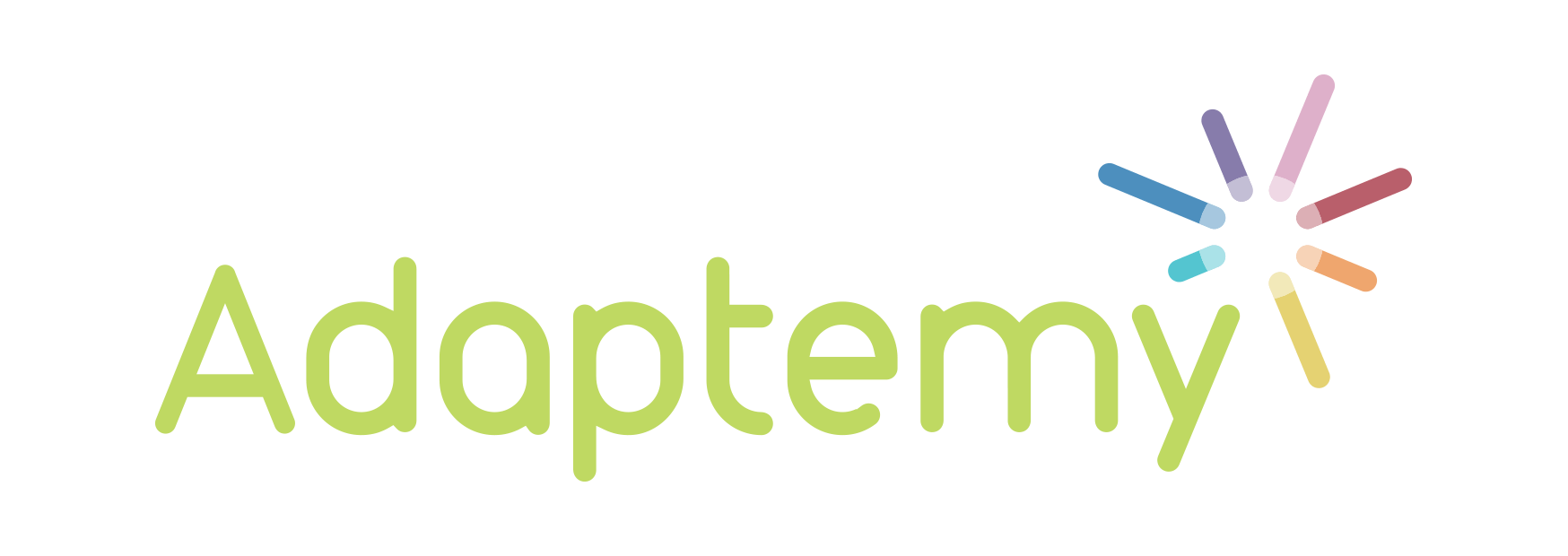
Digital is transforming the learning process. That was Teuvo Sankila’s take-away message at the What Works? Education Conference at the 2018 London Book Fair.
As Publishing Director at Otava Publishing of Finland, he explained how “better learning” is now the measurable goal for educational publishers. And how digital exercises that involve real-time feedback and personalised guidance are the most promising manifestations of this, supporting focused effort for students and integrating with the teacher’s supporting and guiding role.
Mr Sankila’s insights are well founded. Within the next 5 years, personalised digital workbooks look set to replace a large share of the print workbook market, worth an estimated €530m per year in Europe alone.
What is most surprising is how this search for better learning is impacting other processes within educational publishing.
Learning data not only provides the input to personalised and adaptive learning experiences for the students and teachers. It also provides a rich source of feedback to publishers. Smart publishers are now using high-quality learning data to reliably improve content development, learning design, product commissioning, customer onboarding and sales.
Better content
Let’s start with content, the prize asset of the publisher. In digital learning solutions, the performance of every element of content is measurable.
What can you measure? Not just learning impact, but also metrics on engagement, confusion and difficulty, each segmented by various learner types. This gives vital information to the authoring and editorial teams about content updates.
Better learning design
In digital learning solutions, learning design is now structured on a data-rich framework, or curriculum map, that allows authors and editors to understand the different learning paths of students through the curriculum.
Not only does the learning process become more visible to the content author but again, data on learning patterns is gathered, and products can now focus on how to address key patterns of misconception and learning struggles on a more informed basis. All this leads to better classroom experiences for teachers and learners.
Better revenue
Finally, at a commercial level, publishing sales teams thrive on a deep understanding of their customers. More detailed customer segmentation informed messaging and targeted campaigns are leading to marked increases in sales team effectiveness.
As educational publishers take on the challenge of “better learning”, a more profound transformation to “better publishing” is steadily underway throughout our industry.
Ready for this transformation? This is our best advice on how to approach the project.
Personalised digital workbooks are proven products
Across almost all countries in Europe, educational publishers are starting to see the tangible improvements in learning that is facilitated by personalised digital workbooks. The products appear simple and usually relate directly to an existing print product, but hide powerful adaptive learning technologies under the hood.
One early example was the Smart Oving product in Norway by Gyldendal, where the narrow focus on Smart Exercises proved a good practical and commercial judgement of how technology can integrate with teaching.
In Ireland, the successful BuildUp product by Folens Publishers acts both as a guided homework tool and a classroom exercising product. It boasts very strong learning gain numbers, with average grade improvements of 15-20%.
One very interesting example we have worked on is with Aula Planeta in Spain, where the focused practise of the “Matic” personalised digital workbook complements an innovative project-based learning pedagogy. A vision of 21st century skills that values teachers and the social dynamic of the classroom in tandem with effective focused individual learning.
Walk before you run
One big word of caution: some more ambitious adaptive learning programmes have struggled to gain any commercial traction. Several well-known publishers in Europe and the US have invested heavily in developing comprehensive adaptive learning programmes, with large amounts of alternative content recommended as learning interventions to every type of student.
Forcing excessive change on the learning process can be too disruptive for teachers, is usually plagued with misunderstandings of real-world situations, and is the quickest way to alienate your market. Change is definitely coming, but Rome wasn’t built in a day!
For more information on Adaptemy contact us here. You may also like our article, Building a Digital Product with Adaptemy. Everything You Need to Know.




